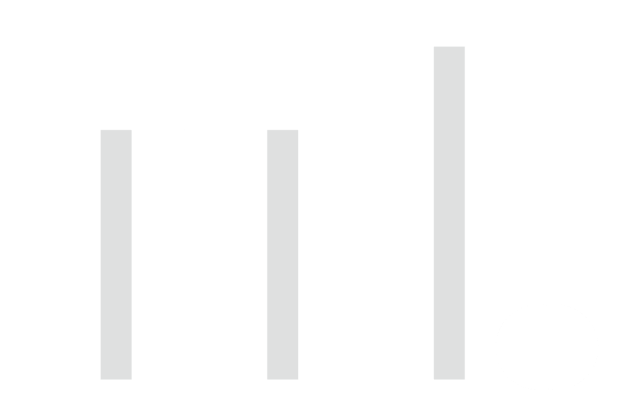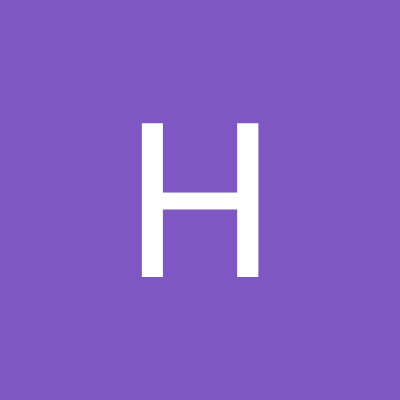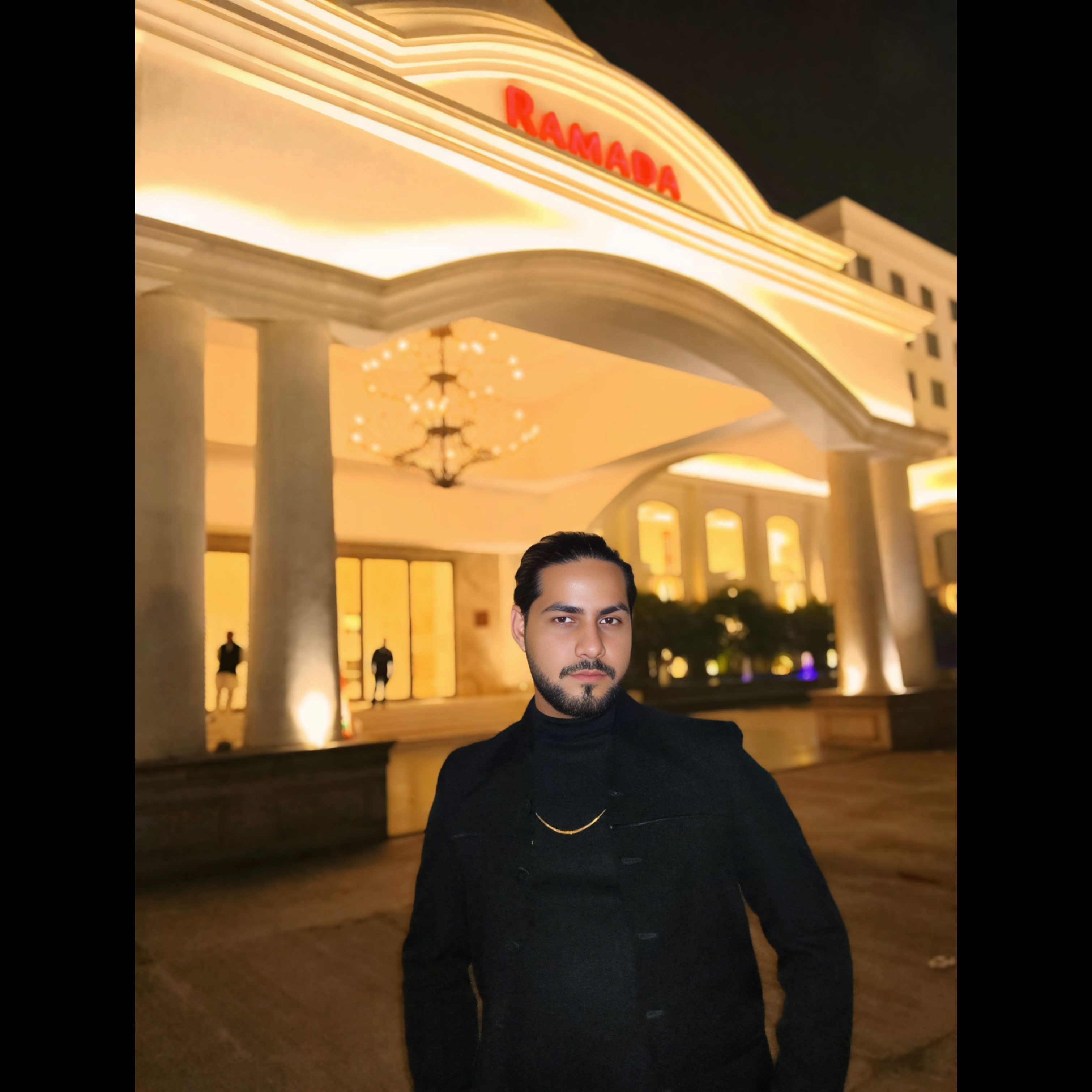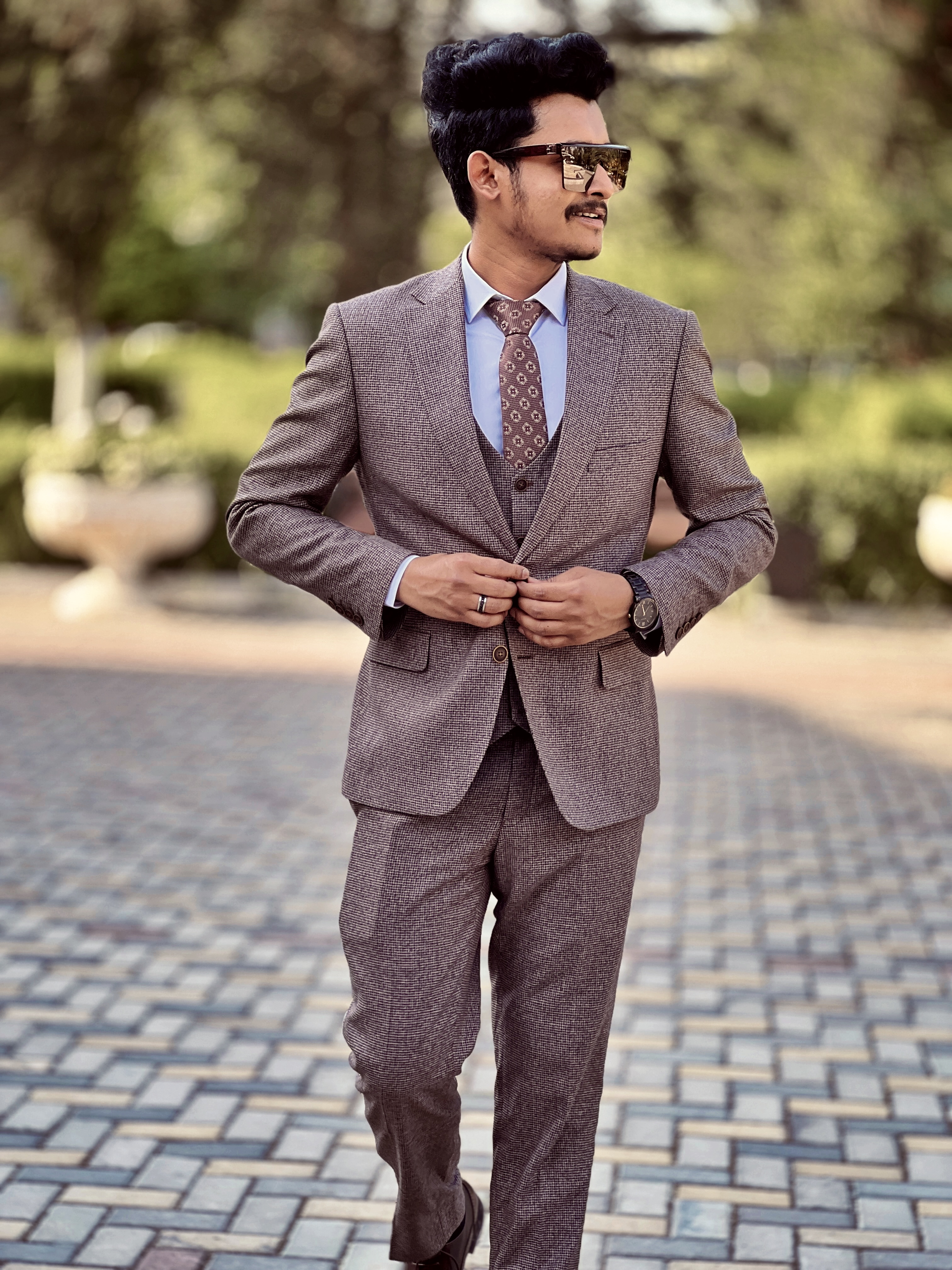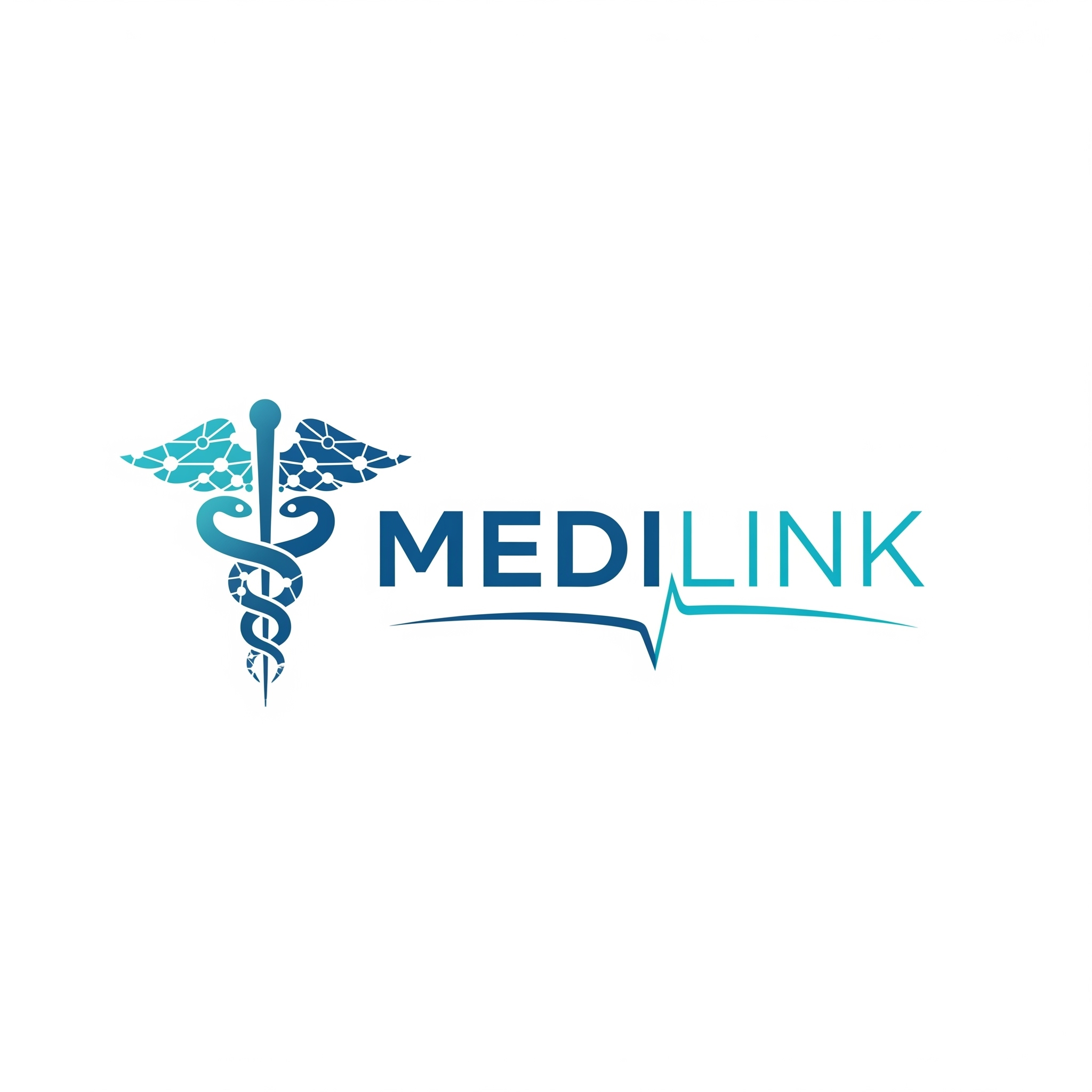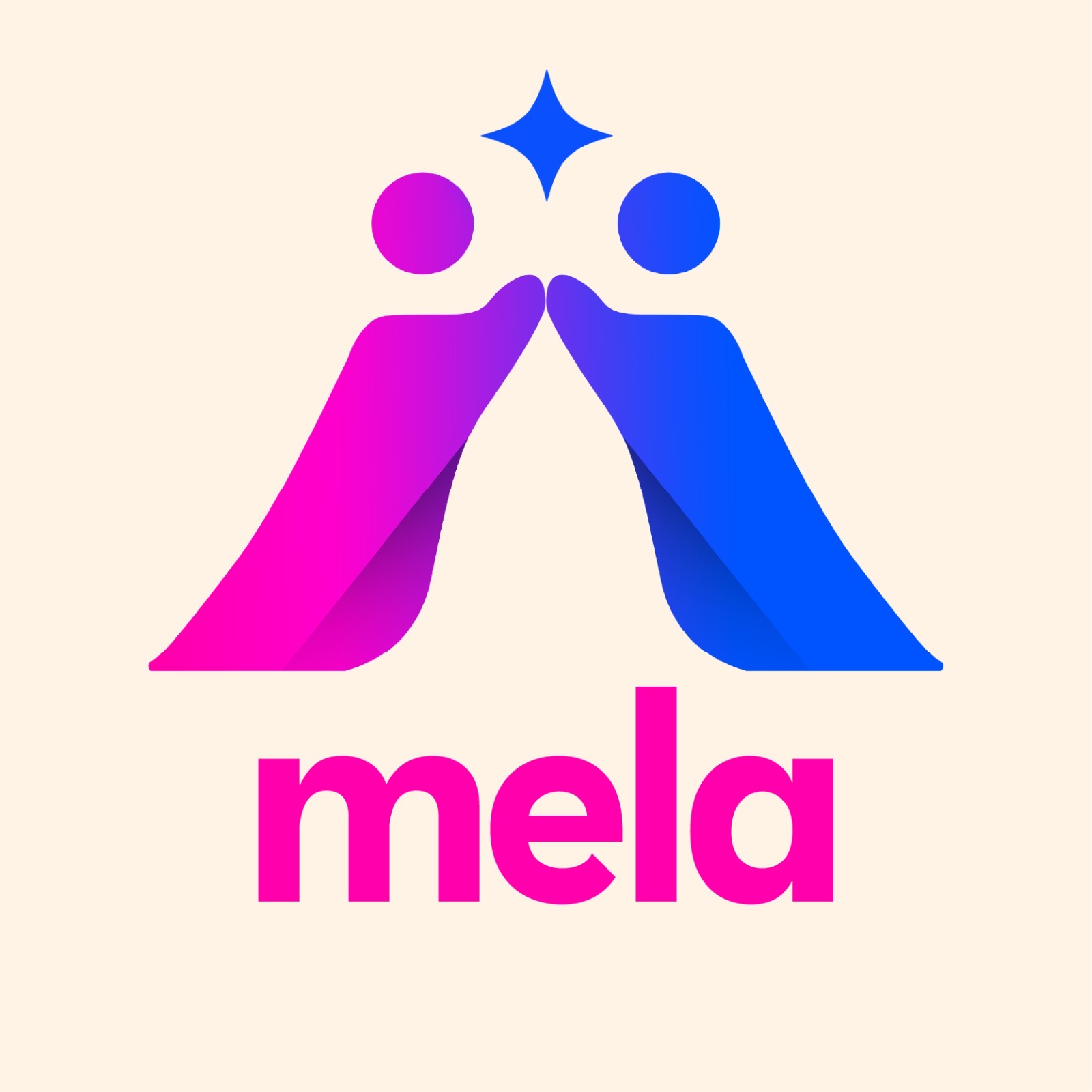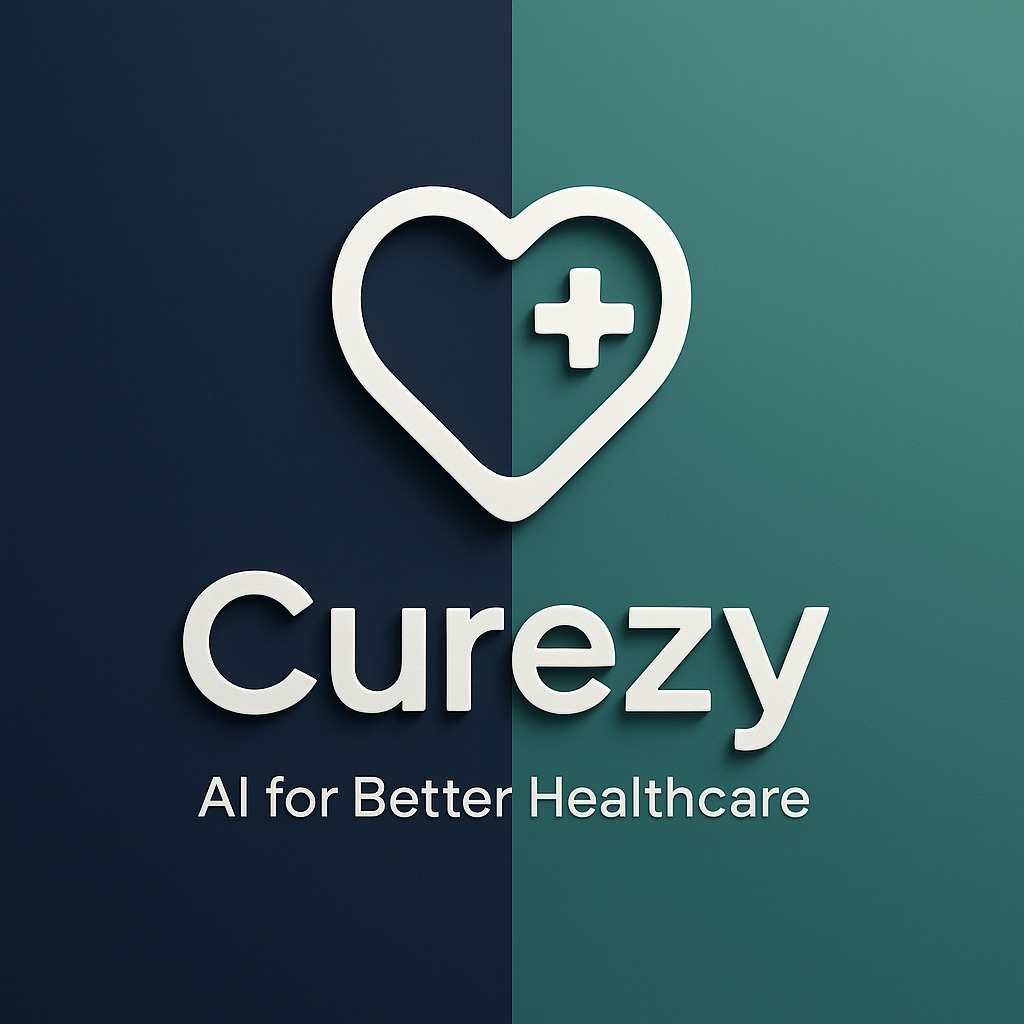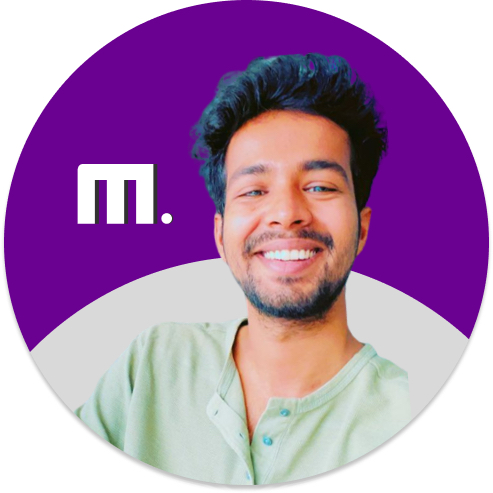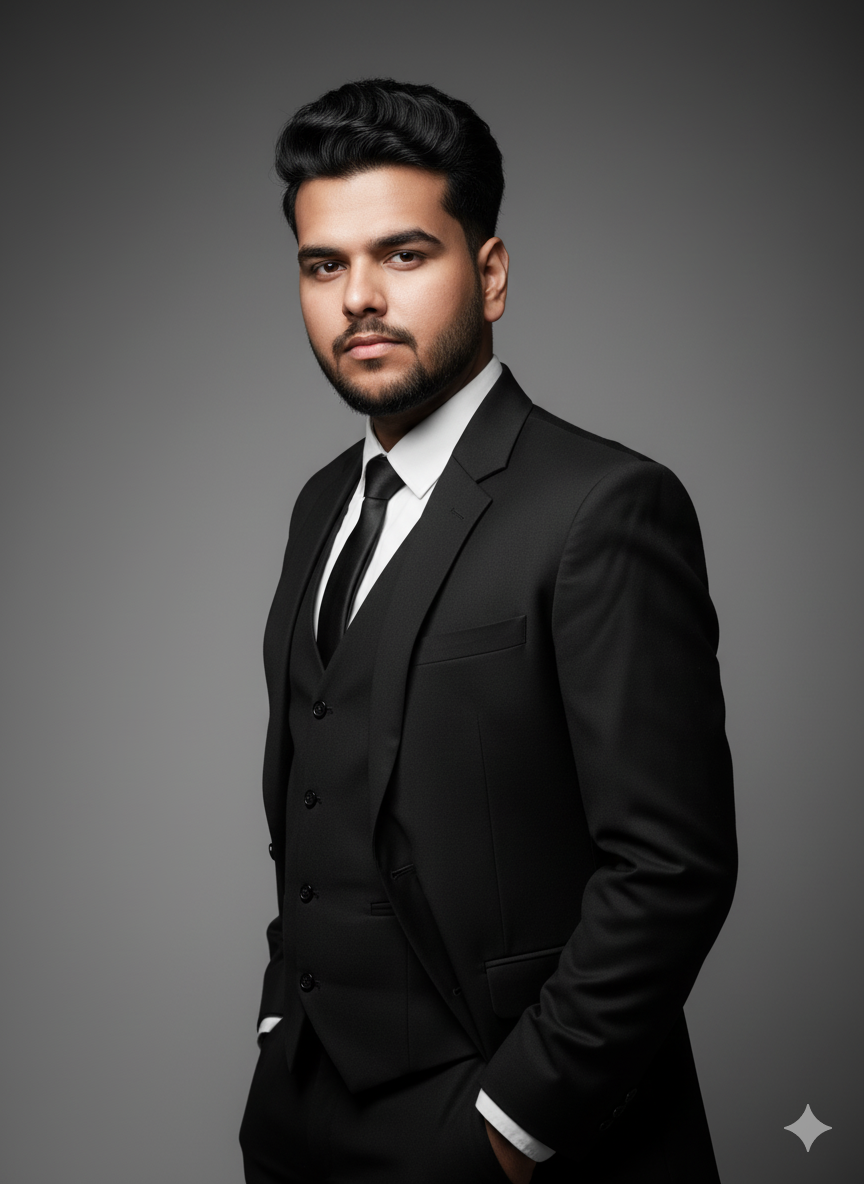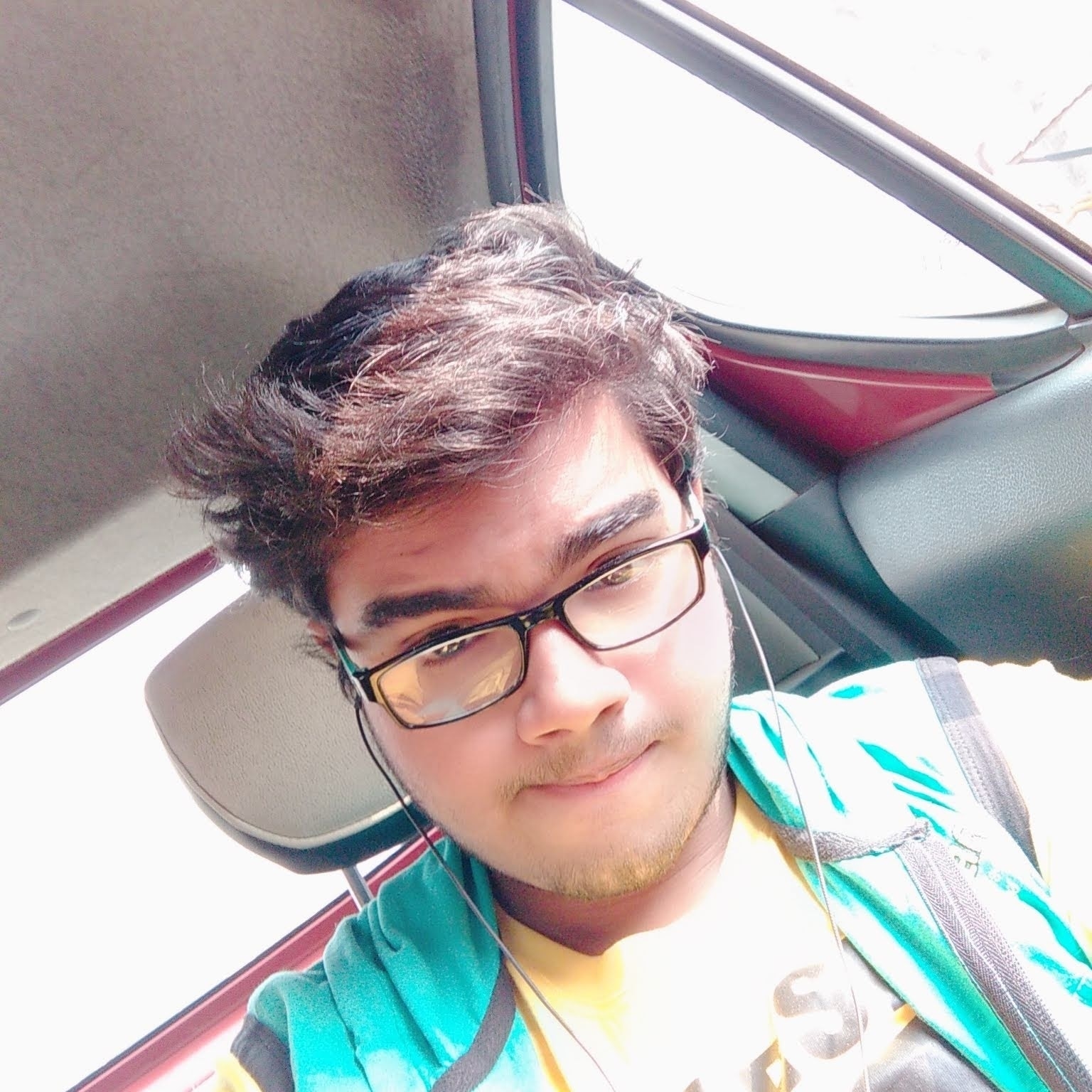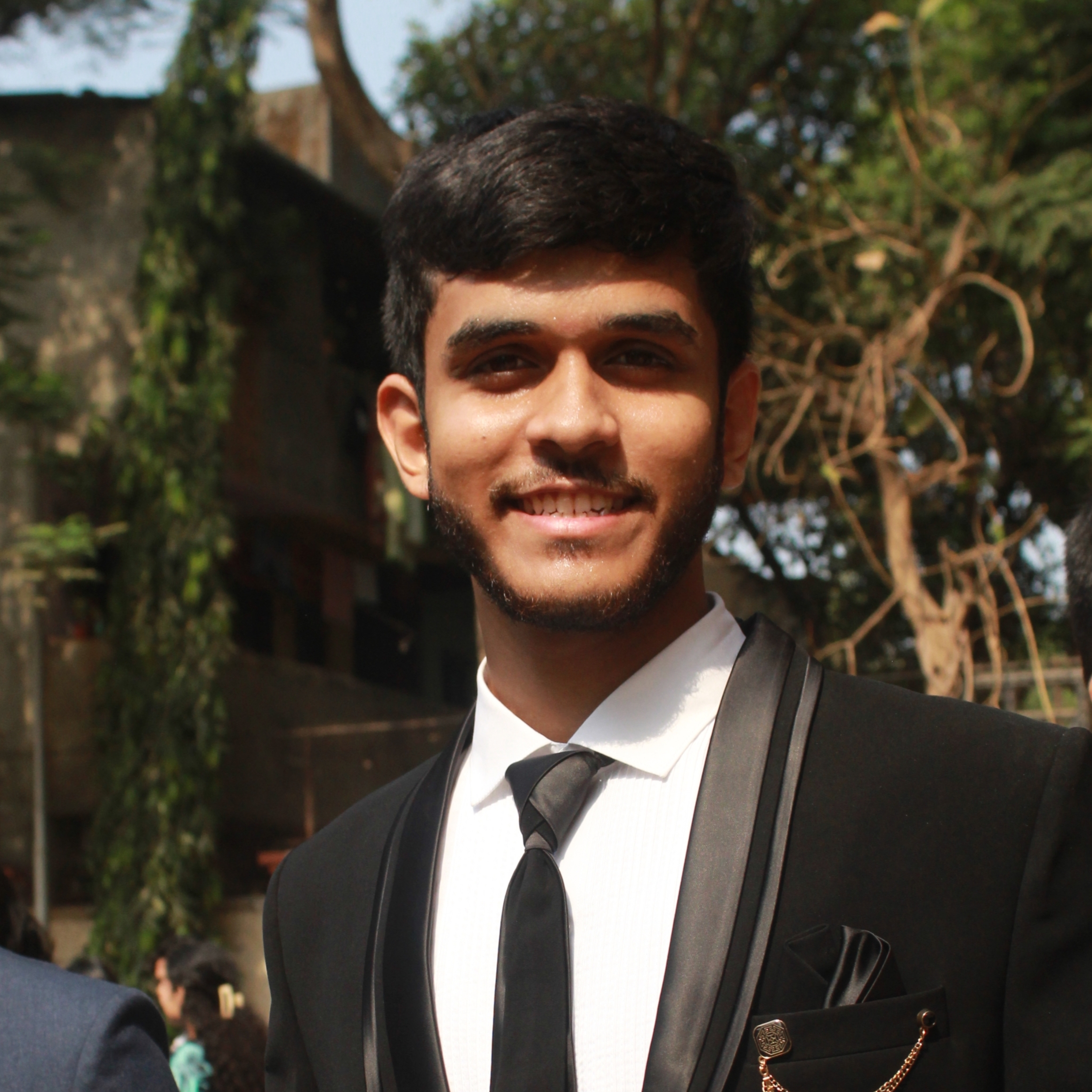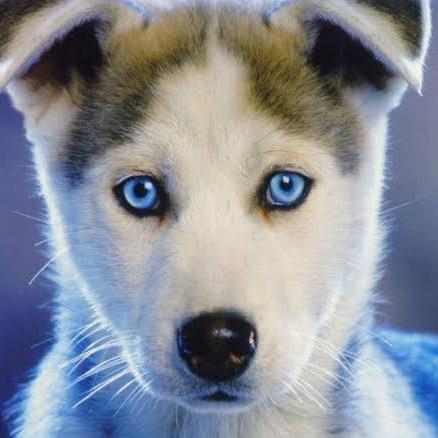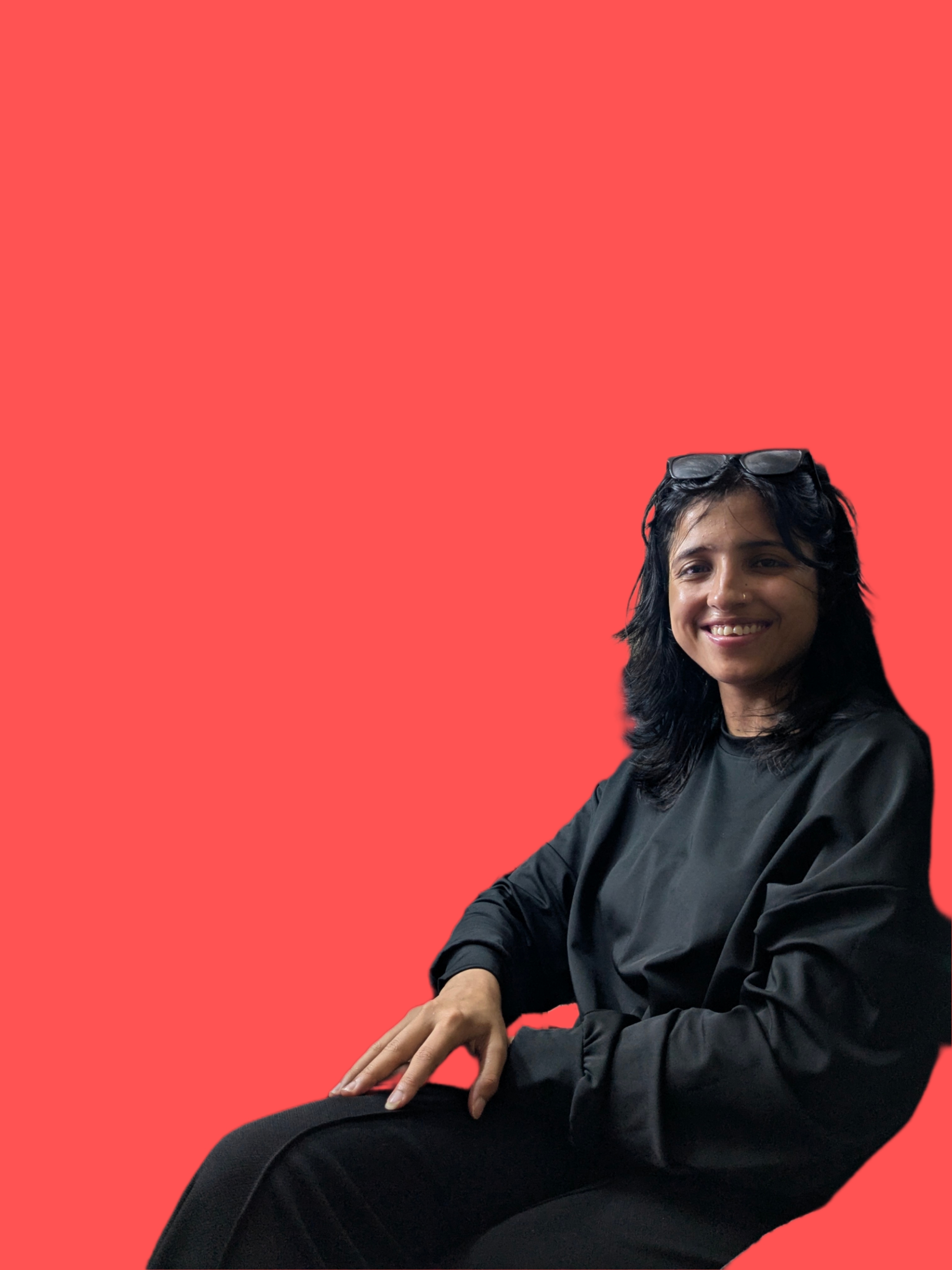Back
Aditya Arora
•
Faad Network • 10m
How did Vicks beat Dabur and Himalaya to capture 50% market share? 1. In 1964, Vicks (A US brand) entered India's untapped cold and cough relief market. While Western markets used liquid medicines, India preferred quick, easy solutions. Seeing this, Vicks introduced VapoRub, a topical ointment for multi-symptom relief. ✅ 2. Instead of direct medical marketing, Vicks focused on emotional branding. Ads portrayed caring mothers applying VapoRub to sick children. This strategy made it more than just a medicine—it symbolised home remedies. 👌 But still, why would people use Western ingredients at home and ditch the Indian ones? 🤔 3. The company leveraged Ayurveda-inspired positioning. Though Vicks contained Western ingredients like camphor, eucalyptus, and menthol, it was marketed as an herbal, time-tested solution. However, Western medicines were still costly, and Vicks brilliantly cracked this. 👇 4. It introduced ₹1 and ₹5 packs, and Retailers placed them near cash counters, ensuring impulse purchases. Vicks crossed 50 CR in revenue from India by 1970, and Vicks became a staple in medicine cabinets. But another master move changed Vicks forever. 🙌 5. In the 1980s, Vicks Cough Drops was launched with the ultra-famous tagline "Vicks ki Goli lo, Khich khich dur karo?" It positioned itself as the go-to on-the-go relief for throat irritation. Vicks became India's first medicated lozenge, with a revenue of 200 CR by 1997. 📈 6. Vicks kept building strong relationships with pharmacies and local Kirana stores, ensuring prime shelf placement. Many retailers recommended Vicks over competitors. But it had to create more champion products. 👇 7. In the 2000s, it expanded into syrups and inhalers and entered e-commerce. It became the market leader with over 50% market share in India's OTC cold relief space, beating brands like Dabur and Himalaya. 💪 8. Today, Vicks is present in over 5 million stores across India and clocks annual sales of more than 500 CR. Five decades later, Vaporub continues to be its champion, with 250 CR sales, followed by Cough Drops (200 CR) and Inhalers and Tablets (50 CR) from inhalers and tablets. 💰 ➡️ By combining trust-driven marketing, strategic pricing, strong retail partnerships, and category expansion, Vicks has transformed from a foreign brand into an irreplaceable part of India's healthcare culture. So much so that 95% of India still thinks they are an Indian brand. 😮

Replies (2)
More like this
Recommendations from Medial
Vinayak Shivanagutti
🚀7M+ Post Impressio... • 1y
boAt: Riding the Audio Wave (with a Recent Setback) Company: boAt (founded 2016) Industry: Consumer Electronics (Audio) Challenge: Stand out in a crowded audio market. Solution: Stylish, budget-friendly audio for young consumers. Results: Growt
See More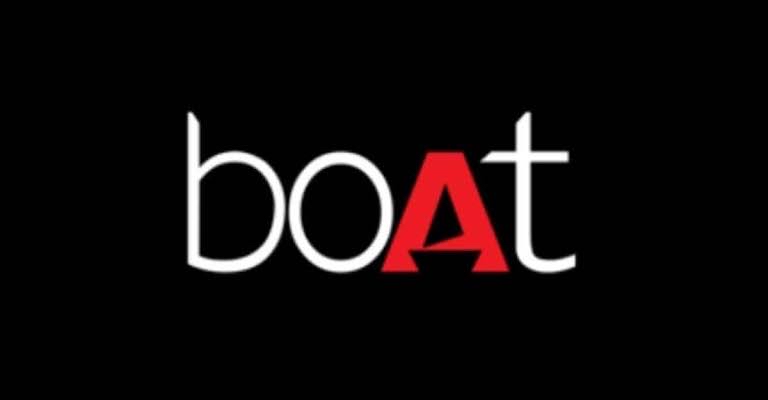
gray man
I'm just a normal gu... • 8m
India's foray into semiconductor manufacturing gains significant momentum with cabinet approval for six major projects across Gujarat, Assam, and Uttar Pradesh, totaling over ₹1.5 lakh crore. Key investments include Micron's ₹22,516 Cr facility in Sa
See MoreEVINDIA
Stay updated with th... • 6m
Oben Electric Raises ₹100 Cr in Series A Round to Expand Affordable EVs Nationwide Bengaluru-based EV startup Oben Electric has secured ₹100 Cr in Series A funding, with an additional ₹50 Cr in extended Series A, bringing its total raise to ₹200 Cr.
See More
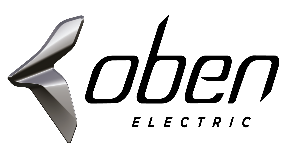
Dr Sarun George Sunny
The Way I See It • 1y
As India's economy and cultural landscape continue to evolve, will the demand for luxury items mirror that of Western countries? Furthermore, can homegrown luxury brands thrive in India? Will people embrace Indian haute couture with the same passion
See More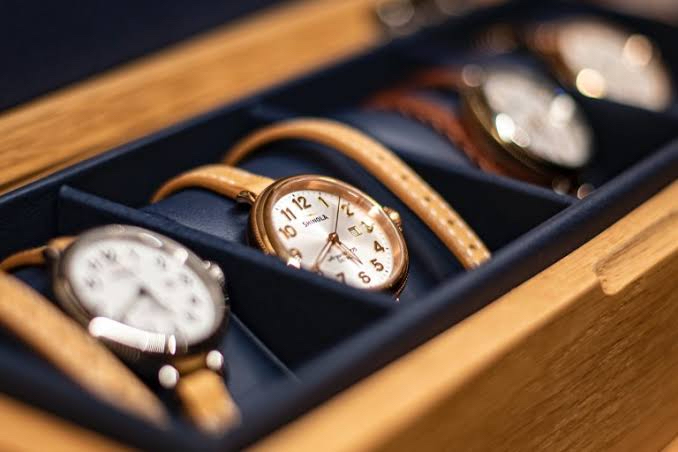
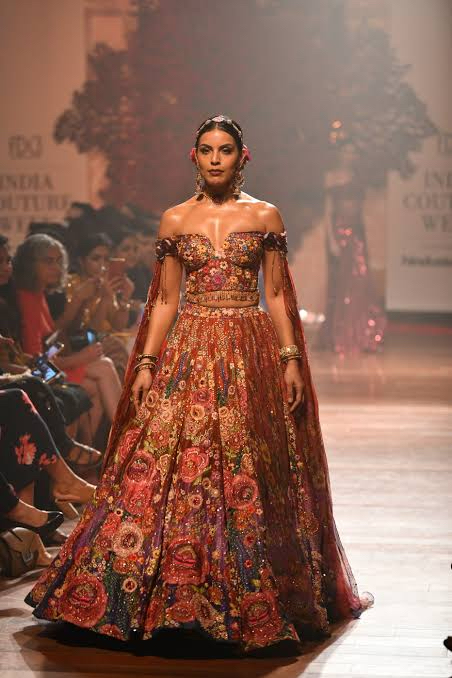
Download the medial app to read full posts, comements and news.

